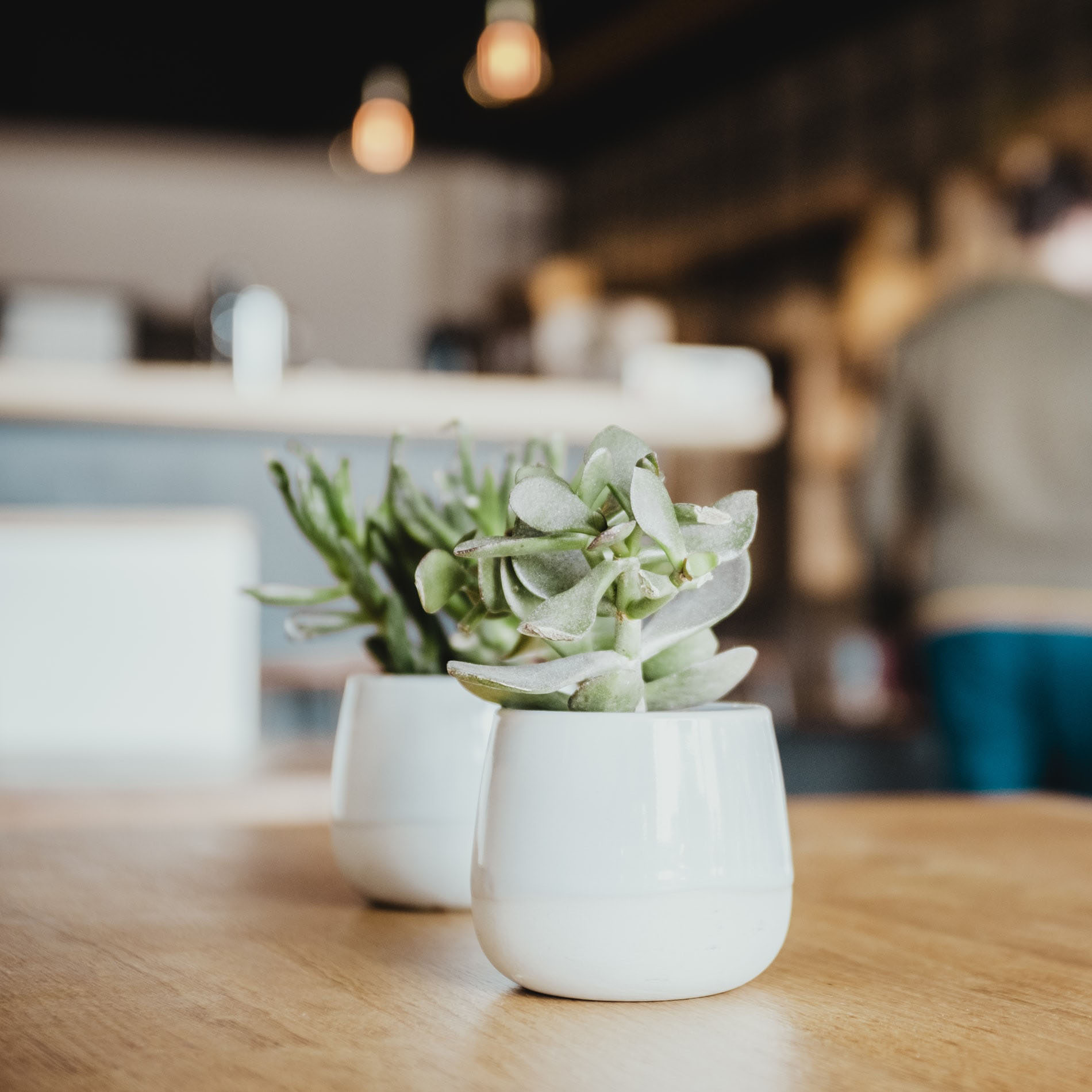If you’re unfamiliar with the implications of decoration in design, a good place to start is to read Beatrice Warde’s “The Crystal Goblet, or Printing Should Be Invisible”. It sums up fairly well a belief I carry to the products we produce at DockYard.
Designers working in graphic, industrial, architectural, and user experience design have experienced many revolutions of overly decorative design followed by a great decorative purge. A most recent example of this is the explosion of “flat design” and aggression turned toward all things skeuomorphic. This was inevitable, and I welcome the sea change.
However, I think if we’re able to open our hearts for a minute to unpopular ideas, we’ll find that decoration does indeed have a functional role in design. I think that role could be called Functional Decoration. Let me explain what I think Functional Decoration is by explaining what I think it can do.
Functional Decoration is decoration that assists in creating a new context through which expectations shift, or distort our sense of “normal”, to allow us to amplify the messages within the content it surrounds. It can let us exemplify the experience of a thing better than purely representing it in the written word. It can be effective in emphasizing the tone of a process, providing a sense of the experience of an event, or perhaps even an expectation of the performance of a product.
Can you tell me if you felt real emotions when seeing Inside Out, Up, Spirited Away, or Princess Mononoke? What if we stripped the “decorative” medium from these films? The answer is we would have a very different experience with the content. I think proponents for moderate use of decoration are experiencing something similar to attempting to get someone who refuses to watch anime to watch a single animated film. It’s an uphill battle, but I digress.
I believe useful decoration - Functional Decoration - extends the readers’ imagination to help their mind do the dirty work of turning text into imagined experiences or expectations. Done well, it can be much better than the content on its own.
Here are a few examples of what I’d call Functional Decoration:
- XOXOs changing background pattern and use of overlay yellow on blue. The absence of photography, the unabashed use of a basic but vibrant blue and yellow, and the dynamic overlaying shapes describe an inclusive nature of their event well: “you’re with friends, it’s ok to be you here”
- Super-Loopers “pixelated” visuals pay homage to the environment that inspired the software but also act as a visual description of the sound you’re hearing.
- Bloomberg’s “What is Code?” by Paul Ford uses graphics and pattern as Functional Decoration in that they themselves are illustrations of the content. They facilitate a sometimes humorous and other times very awe-struck wonder of the origins of computing and its concentric cultures.
At the end of the day, my goal with the concept of Functional Decoration is to do necessary repair from damages caused by scorched earth dismantling of decoration (such as skueomorphism) and to help myself and my team to make better use of the communicative tool decoration can be.
And I really just wish there was a better word than “decoration”.


